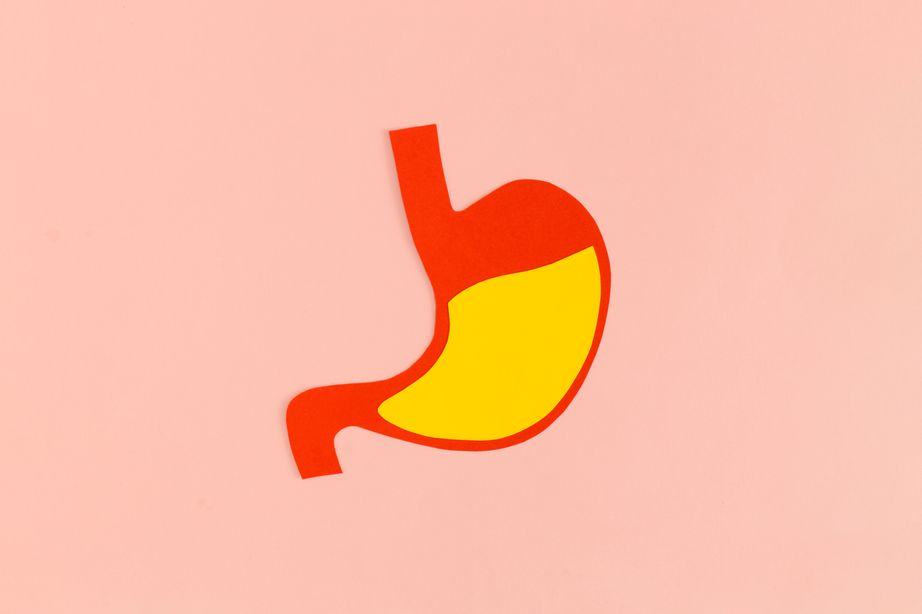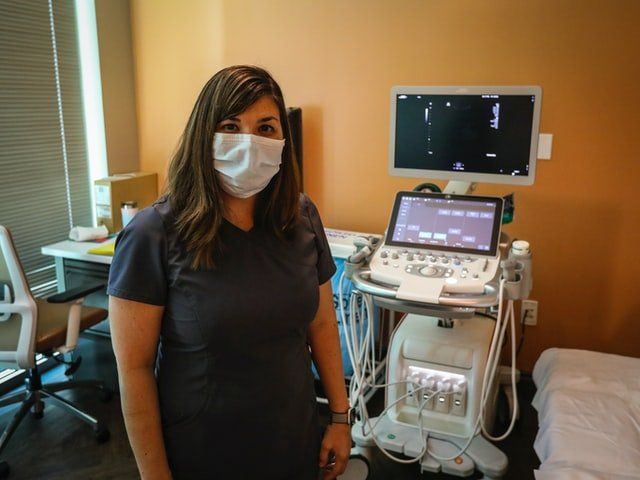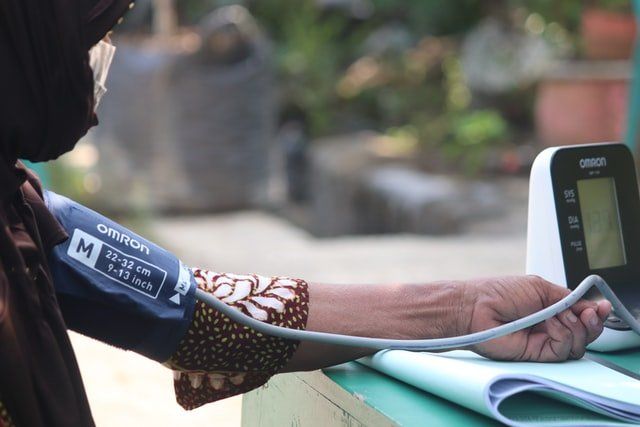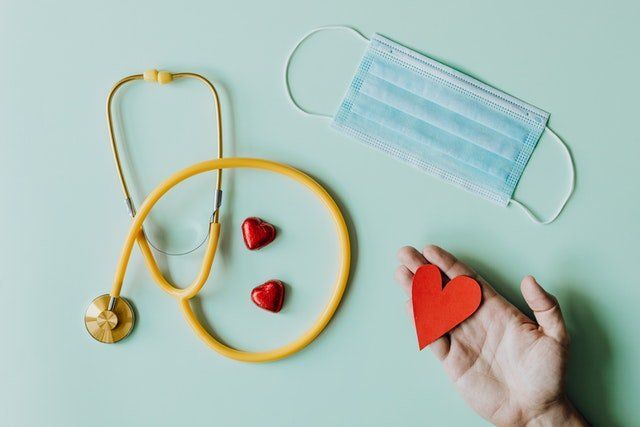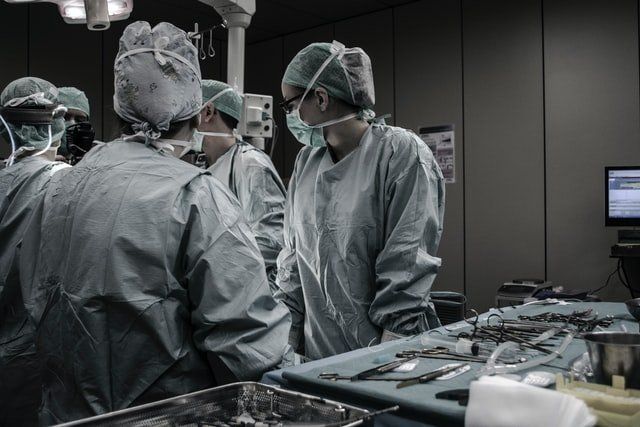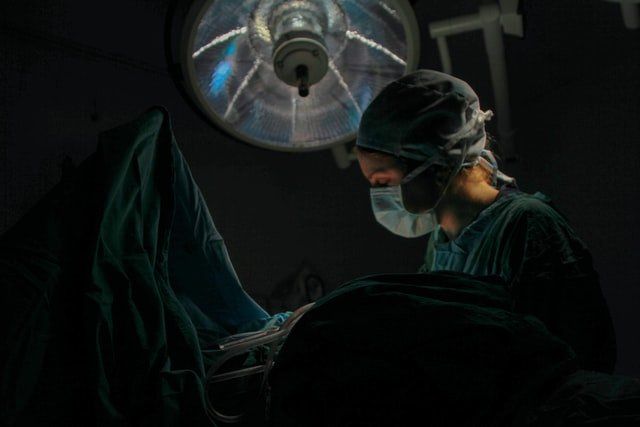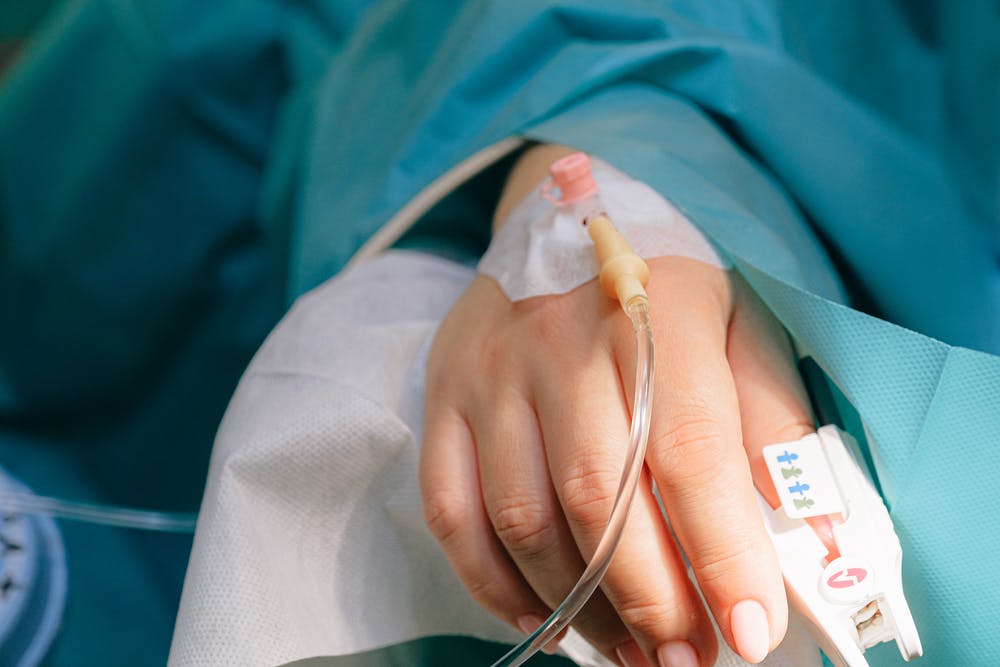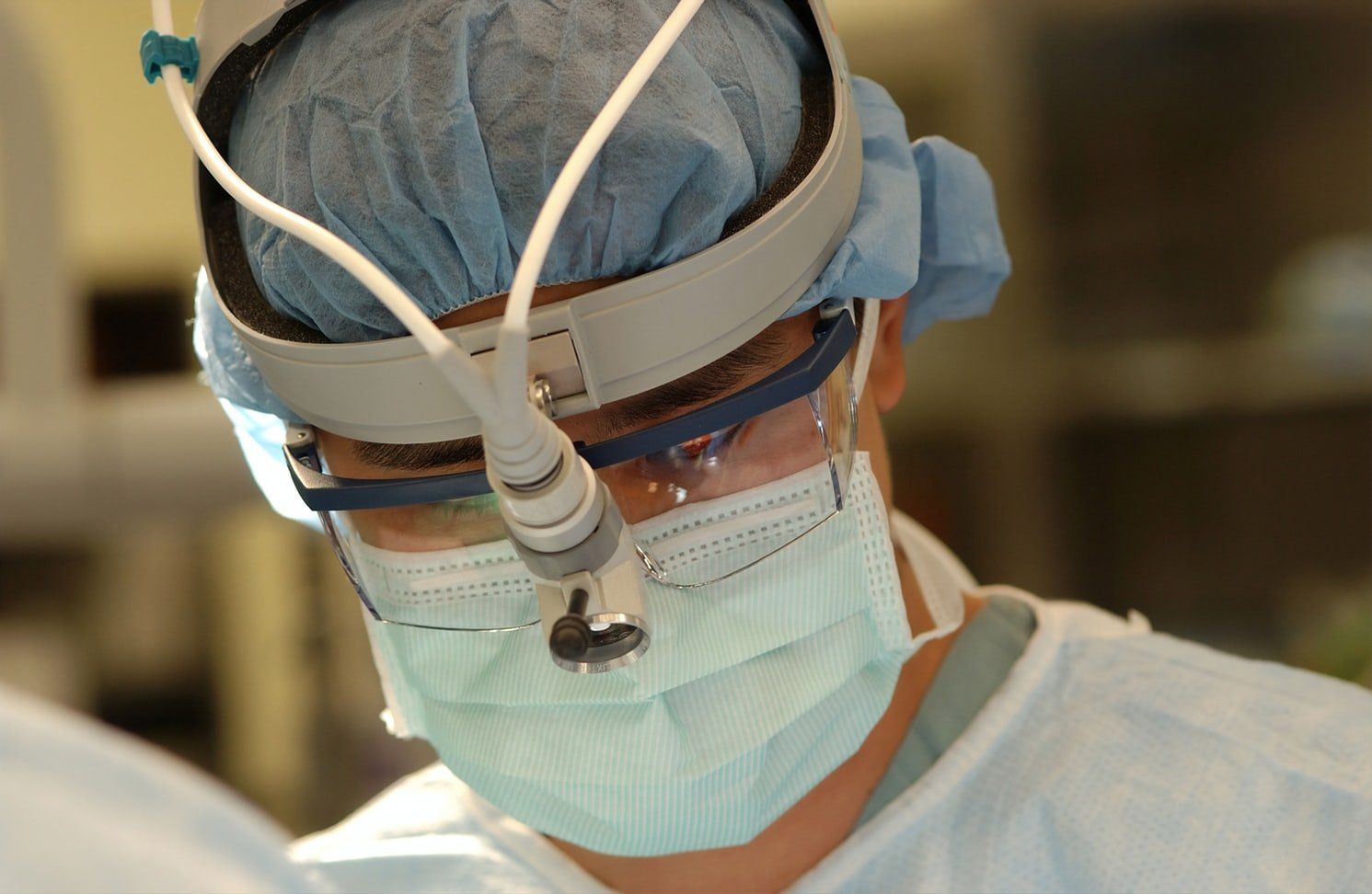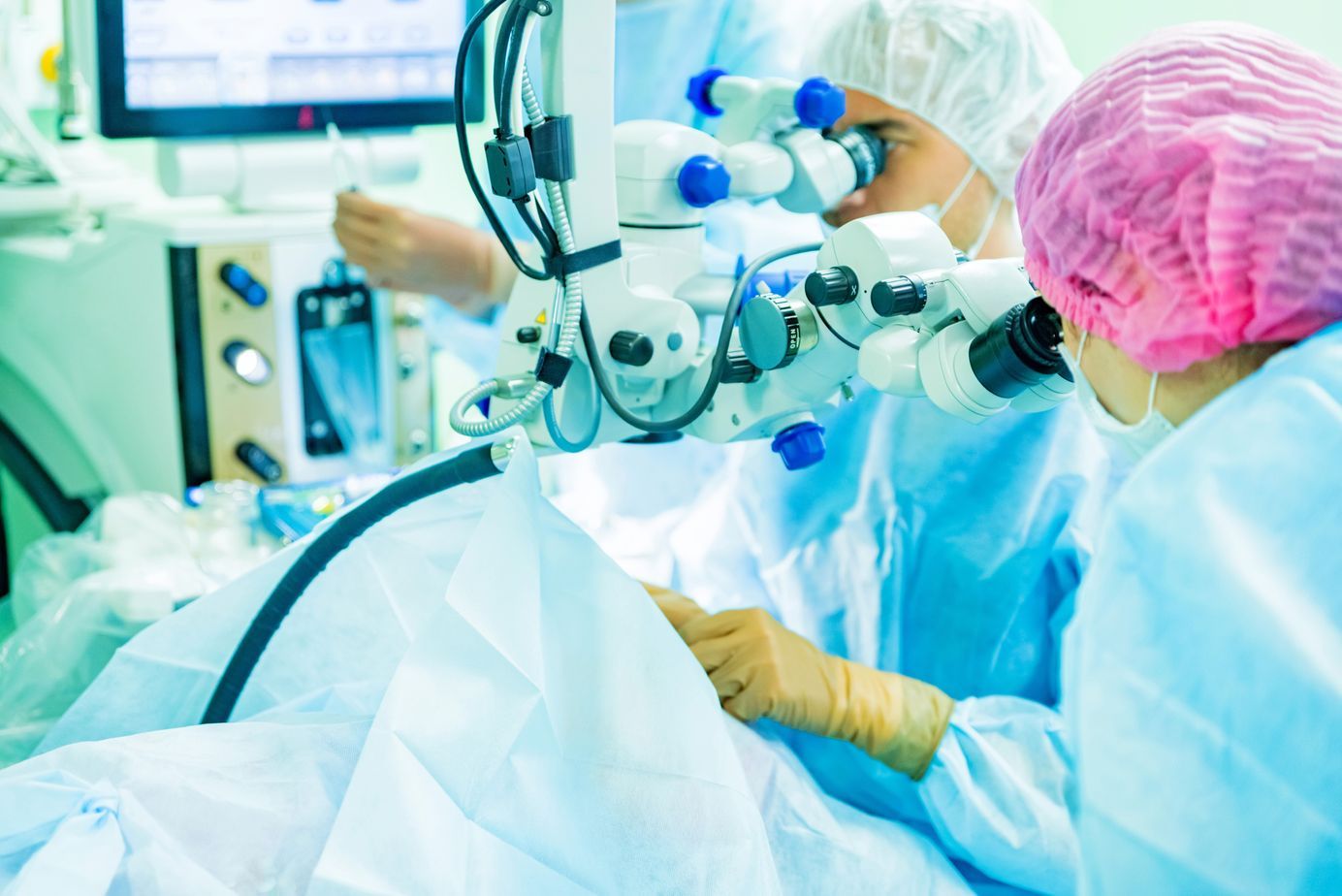Here Are Some Applications for Endoscopy in Gastroenterology
Physicians have many applications for interventional endoscopy. Often, they use it to open up the ducts connecting the liver with the gallbladder and intestine and the passageways from the pancreas to the liver. Blockages in these areas can cause severe pain, jaundice, fever, and itchy skin in patients. Patients with acute or chronic pancreatitis, bile duct cancer, and pancreatic cancer often suffer from obstructions as well.
Other reasons for using interventional endoscopy include treating obesity, polyps in the digestive tract, and stones in the bile and pancreatic ducts. It also addresses Barrett's Esophagus, a type of precancer, and is part of gastroparesis and achalasia treatment. There are different types of interventional endoscopy—here are a number of them.
Endoscopic retrograde cholangiopancreatography
Not all hospitals have ERCP—it is for diagnosing and treating problems in the liver, gallbladder, pancreas, and bile ducts. It combines an endoscope with x-rays—the scope goes in the body through the patient's mouth and throat and then through the esophagus, stomach, and duodenum. The physician then looks for blocked ducts, which they can open using a stent.
There are also advanced imaging procedures like single-balloon and EUS-assisted ERCP. Single-balloon ERCP uses an "overtube" in addition to the endoscopy for examining the small intestine. The overtube has a balloon that, when inflated, clings to the small intestine and pleats it over the scope. Meanwhile, endoscopic ultrasound or EUS-assisted ERCP helps medical professionals treat patients whose anatomic abnormalities make standard ERCP impossible.
Endoscopy for Weight Loss
For people who don't see results from diet and exercise, endoscopy could help. There are various types of endoscopic weight loss procedures like sleeve gastroplasty, intragastric balloon, or the insertion of a device. All of these limit the absorption of food.
ESD or POEM
ESD or endoscopic submucosal dissection
removes difficult polyps and superficial cancers from the digestive tract in one piece. It involves injecting a thick fluid below the abnormal tissue to create a cushion that enables the doctor to lift the polyp or tumor.
Meanwhile, POEM endoscopy or peroral endoscopic myotomy treats swallowing problems of the esophagus. It requires creating a tunnel in the submucosal layer of the esophageal wall, which enables the better passage of food and drink into the stomach.
Photodynamic therapy
Physicians use PDT to open blockages and treat tumors in patients ineligible for open surgery. This procedure is used to open up esophageal or biliary blockages or treat small, shallow tumors in people who cannot have open surgery. In PDT, the physician administers a "photosensitizer" that only cancer cells absorb. Then, the surgeon uses an endoscope to expose the lesion to light, which triggers an active form of oxygen and kills cancer cells.
PCLE
Probe-based confocal laser endomicroscopy is for early detection and treatment of cancers and precancers. It uses a small microscope for viewing and analyzing cells in the digestive tract. The physician can then remove cancerous tissue and examine it further.
Stent implantation
Stents are small tubes inserted into an obstructed area. They relieve blockages in ducts, treat obstructions due to colon cancer, relieve small bowel obstructions, and enable an area to receive chemotherapy.
Bile and Pancreatic Duct Stone Treatment
Stones from pancreatic or bile ducts can cause severe pain, and endoscopy can help remove or destroy these blockages. Doctors can use choledochoscopy to visualize the bile duct or pancreatoscopy to evaluate lesions, remove stones, or perform biopsies.
Conclusion
Endoscopies help gastroenterologists make better diagnoses and treatment plans for their patients. Besides the better-known ones like gastric balloon surgery and endoscopic weight loss treatments, doctors have various procedures at their disposal. Patients who suspect or live with GI ailments should consult with a gastroenterologist to help them gain control over their condition and lead a normal, healthy life.
Dr. Michel Kahaleh is a renowned pioneer in interventional endoscopy. He is an endoscopist and
gastroenterologist in New Jersey, specializing in diagnosing and treating gastric and esophageal diseases, including achalasia, pancreatitis, gastrointestinal pain, and more. Get in touch with us today for inquiries.

